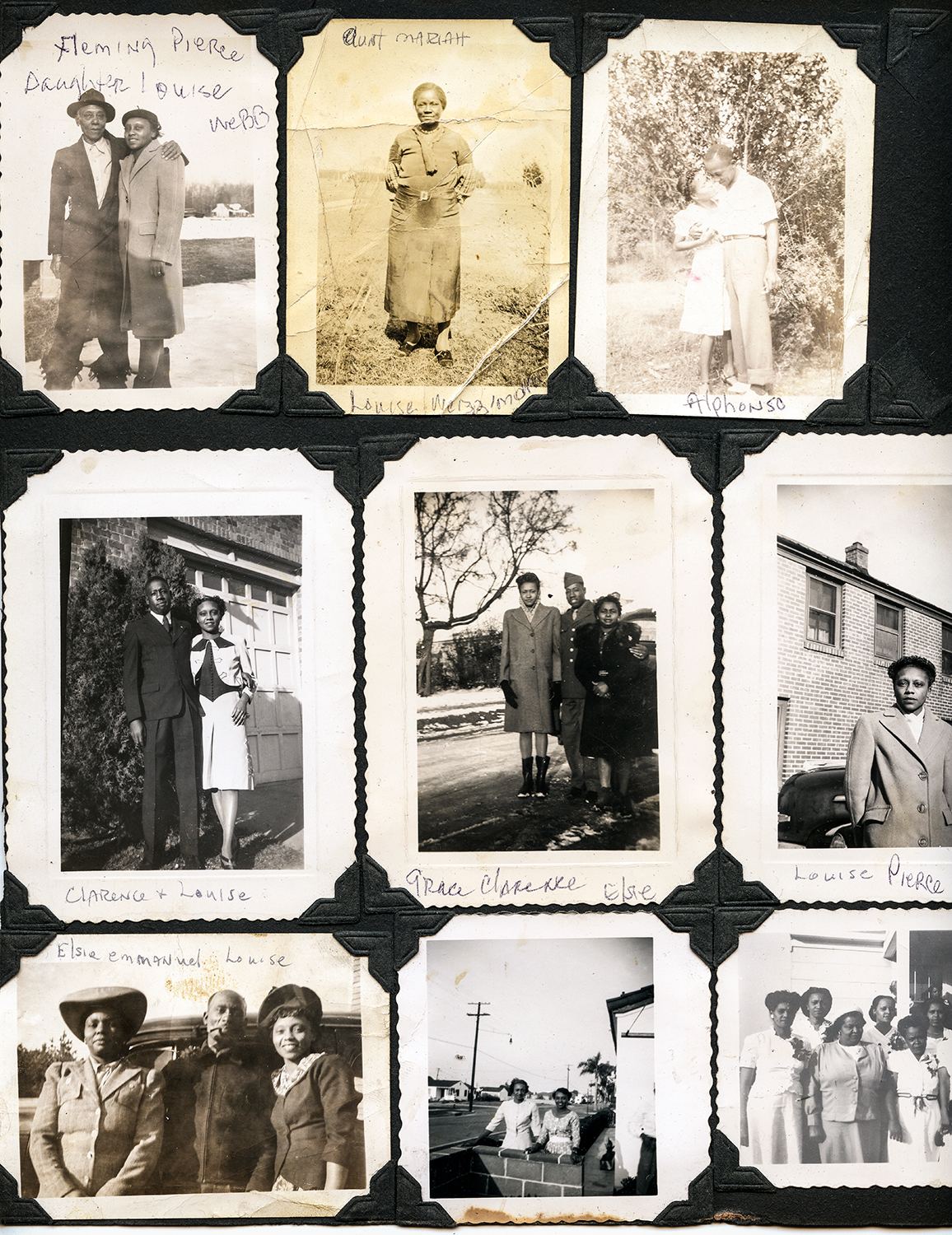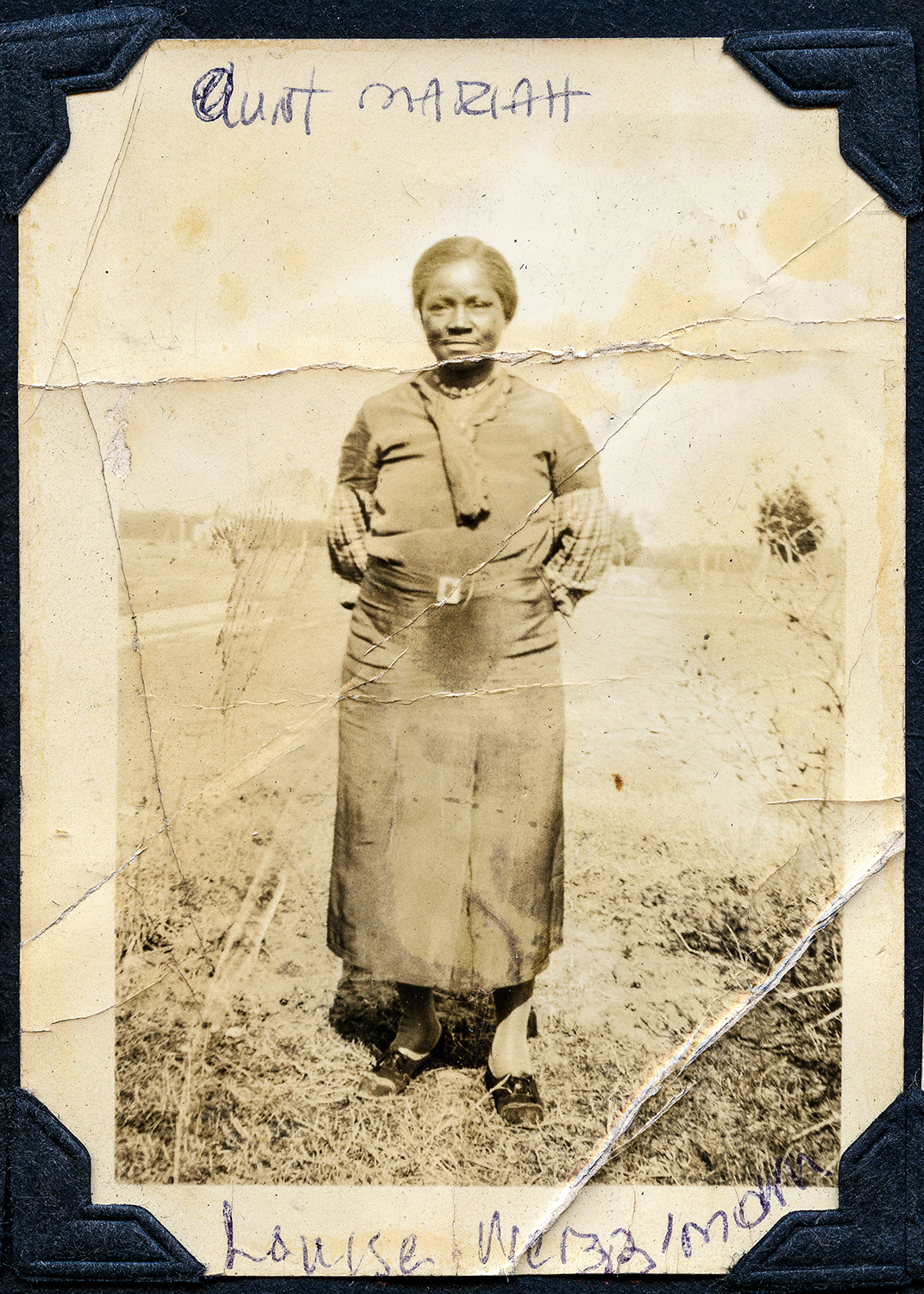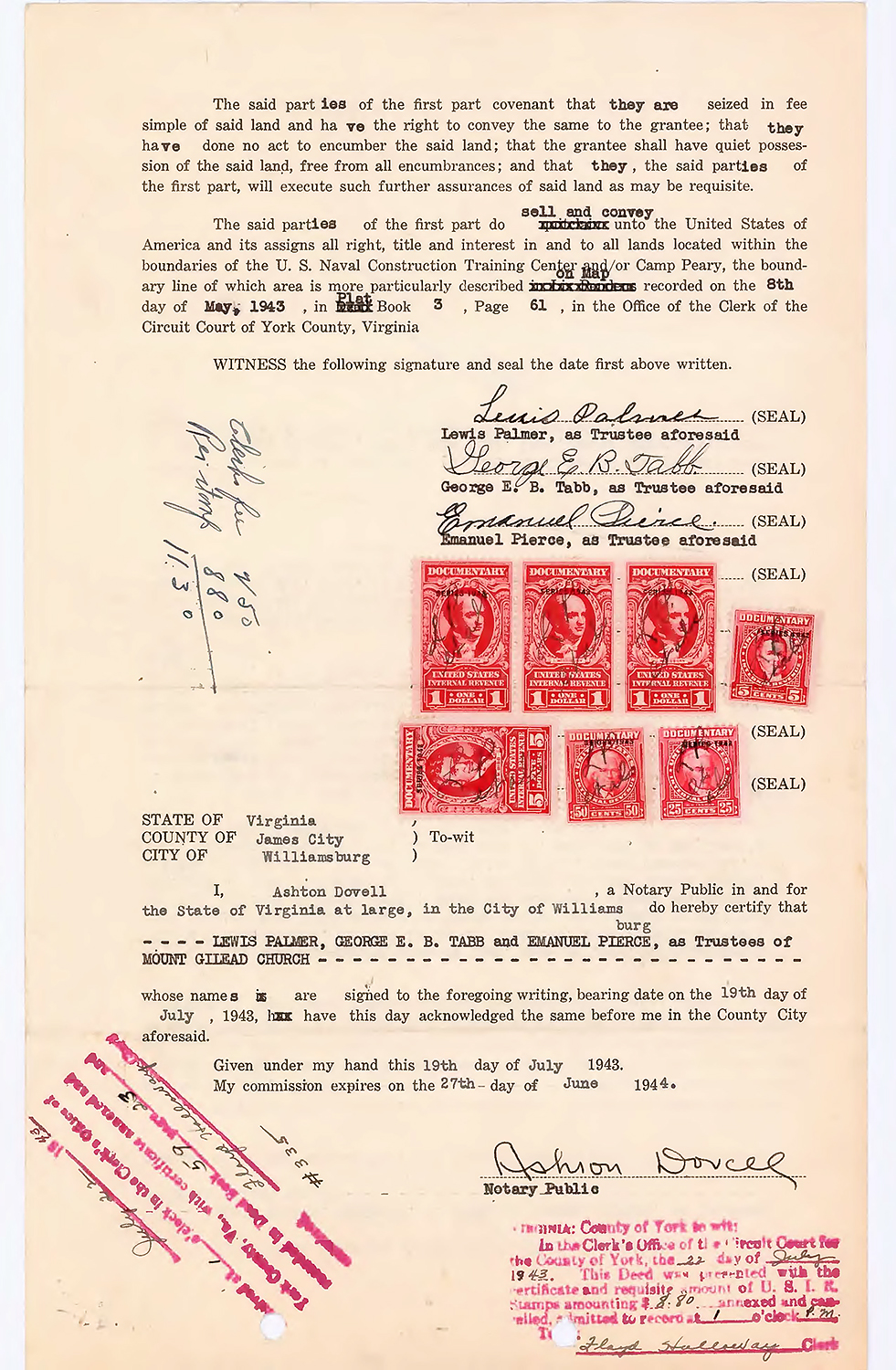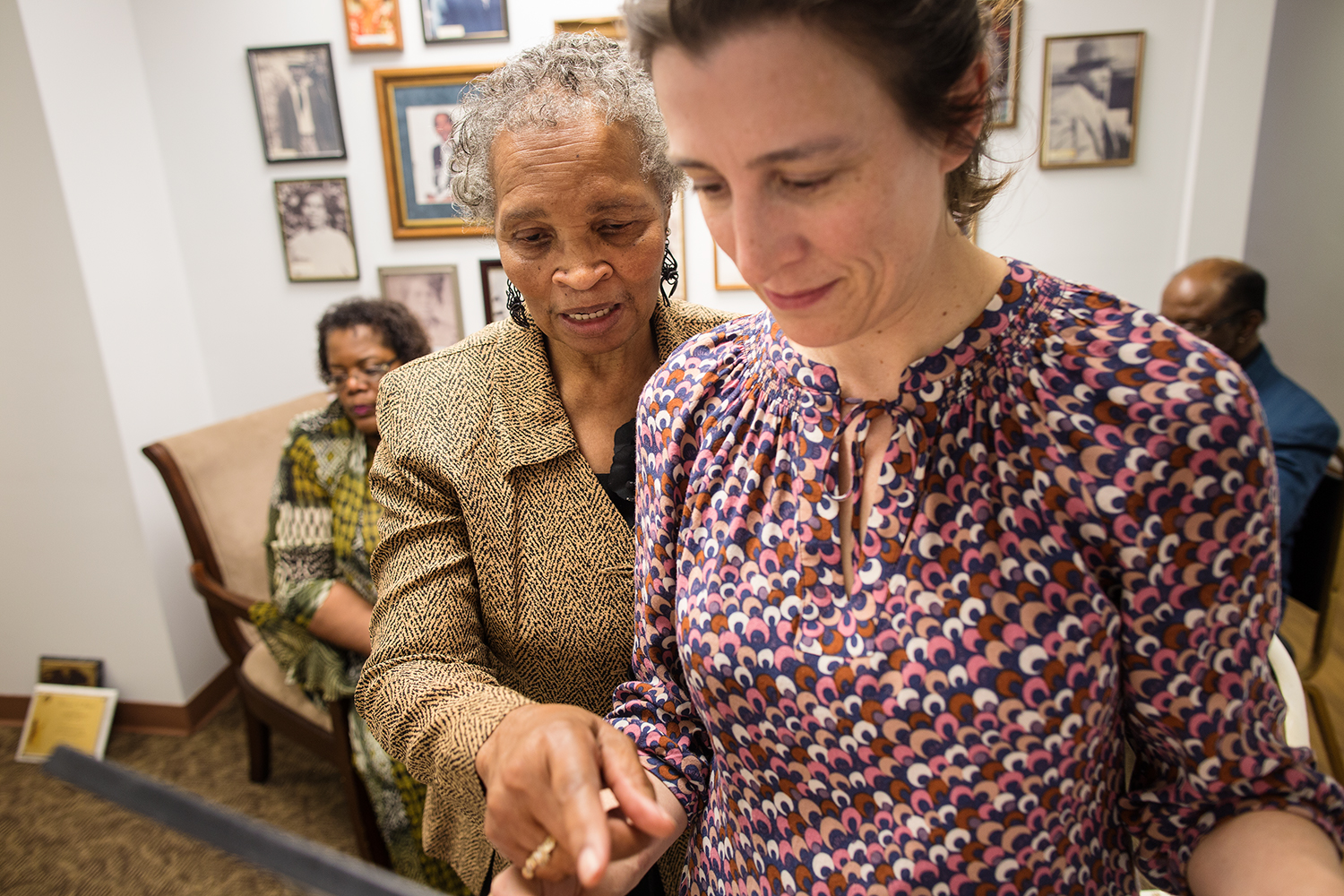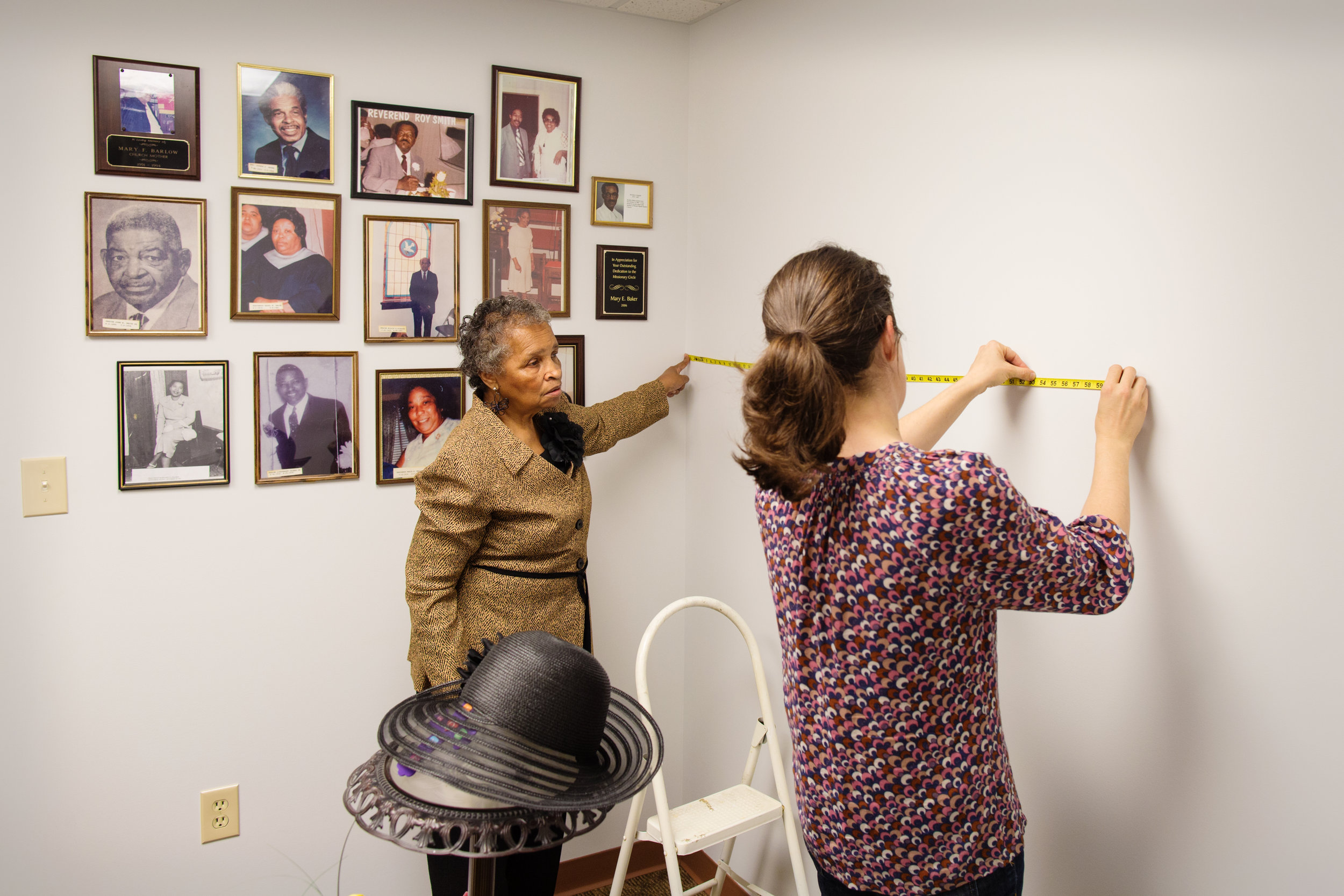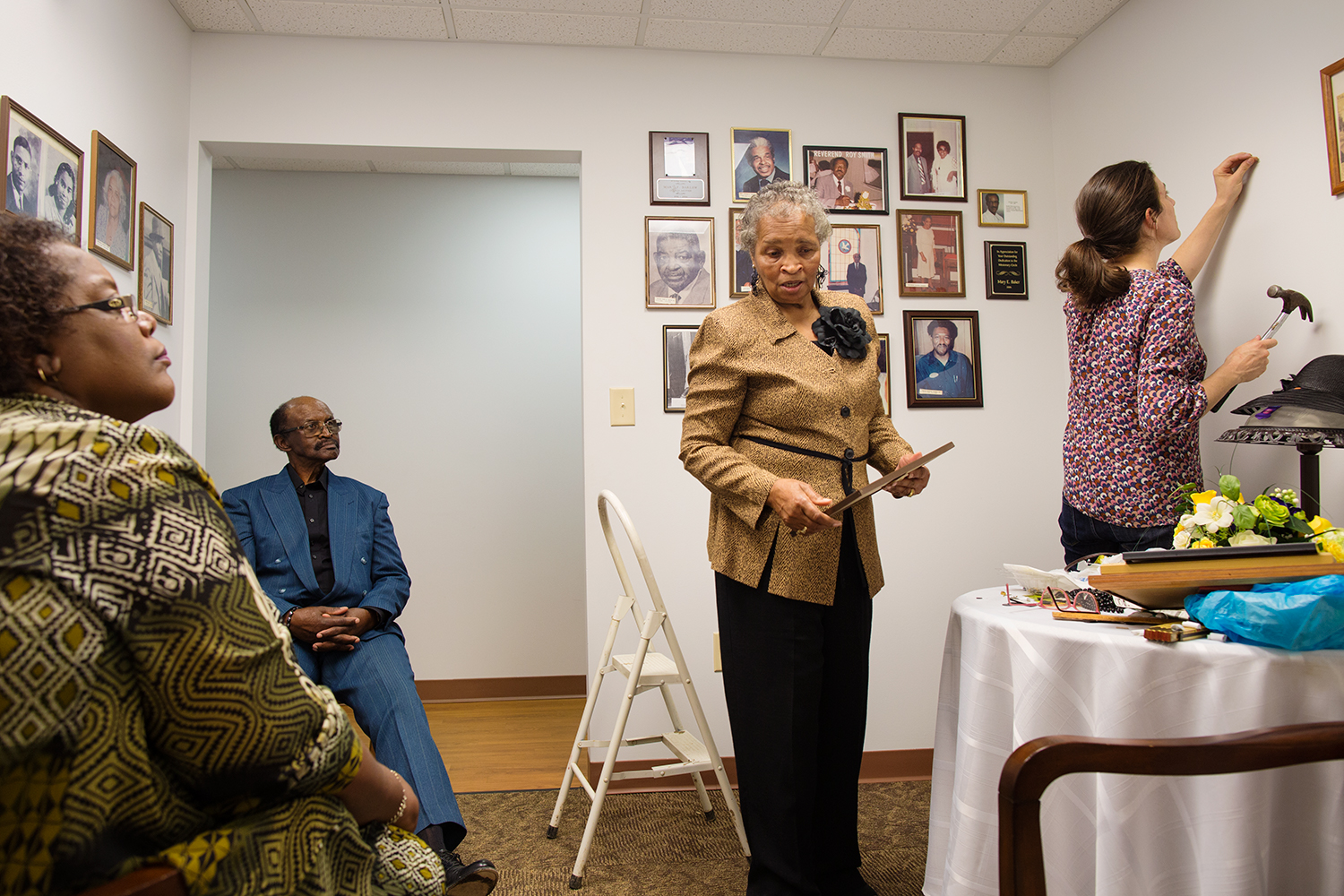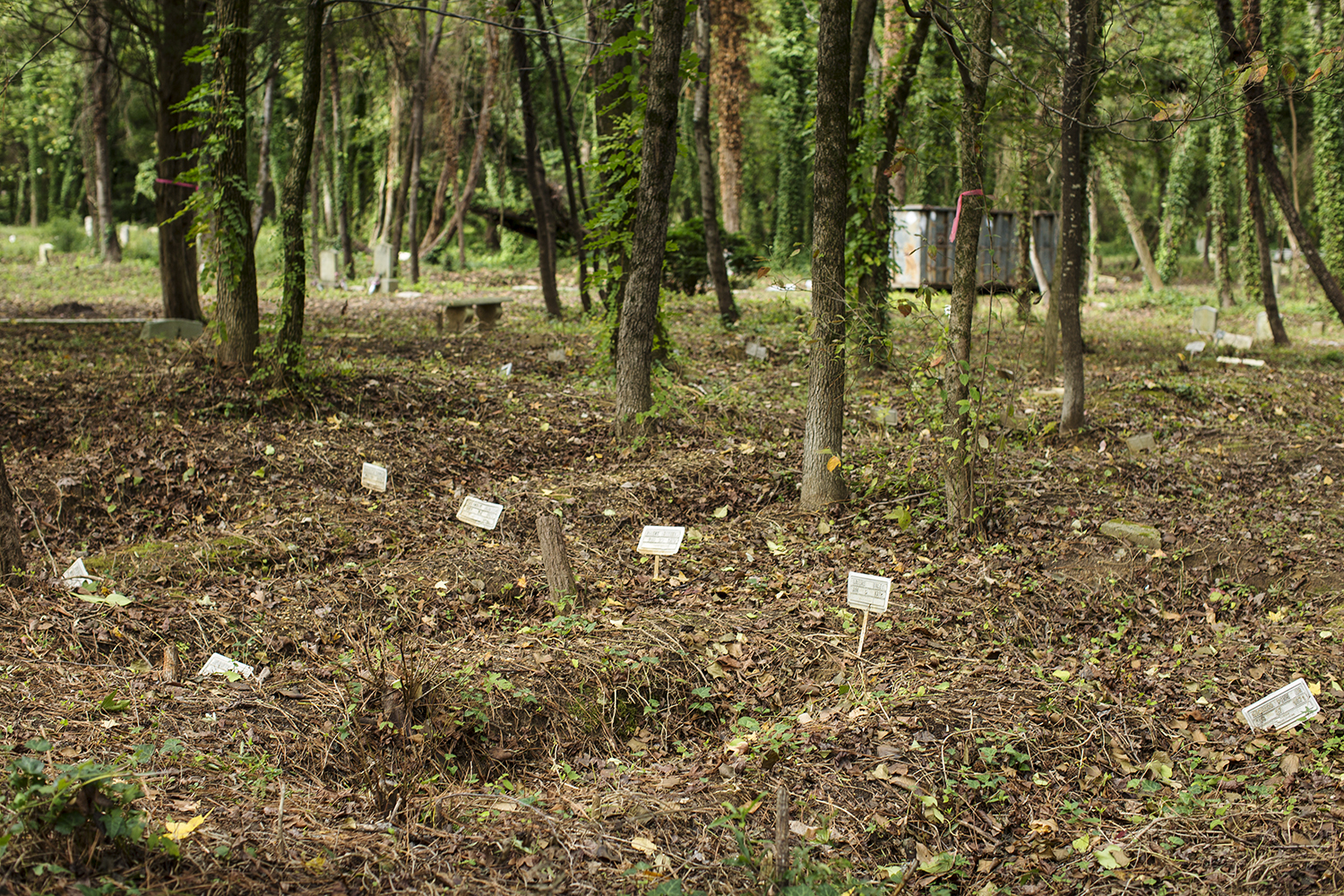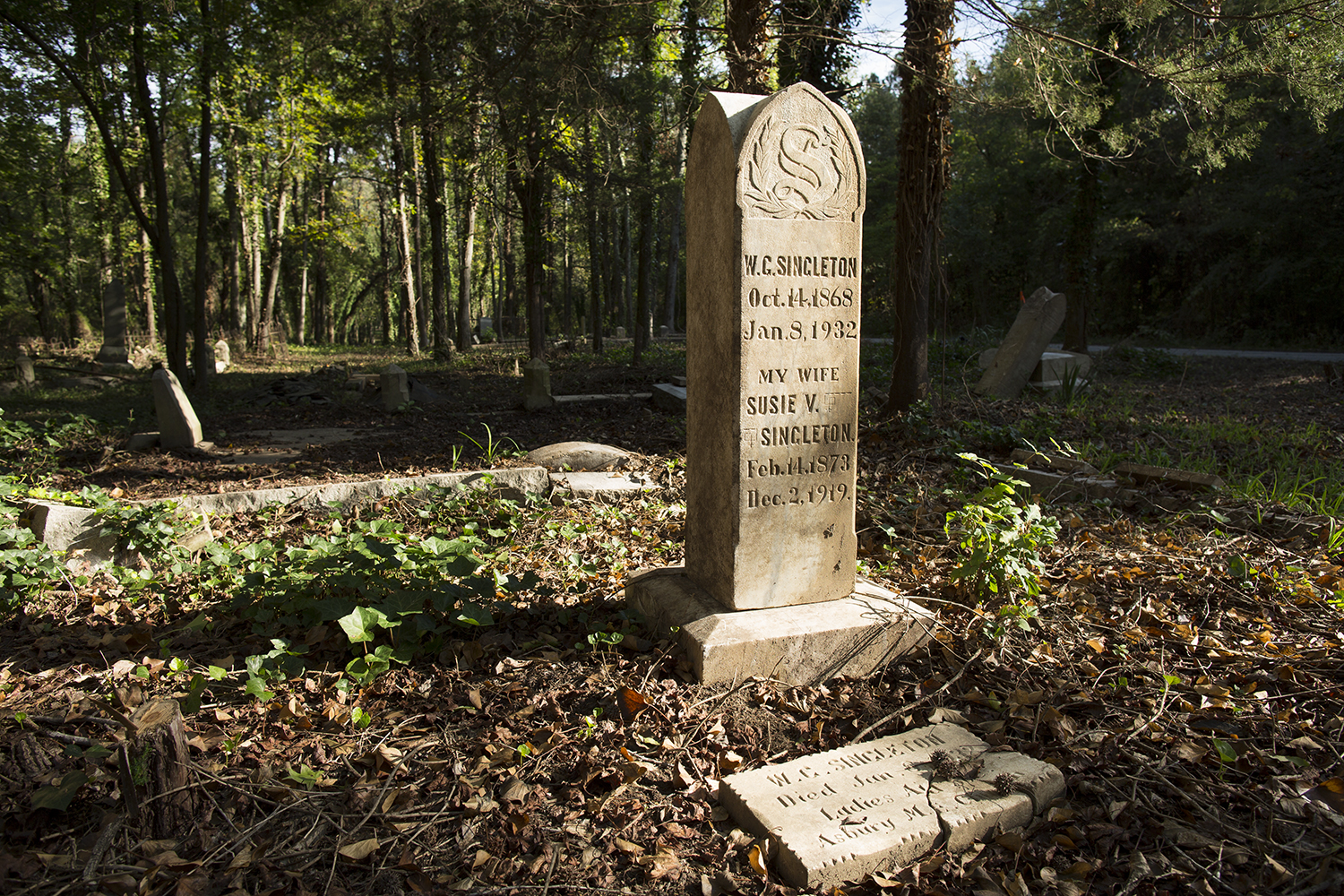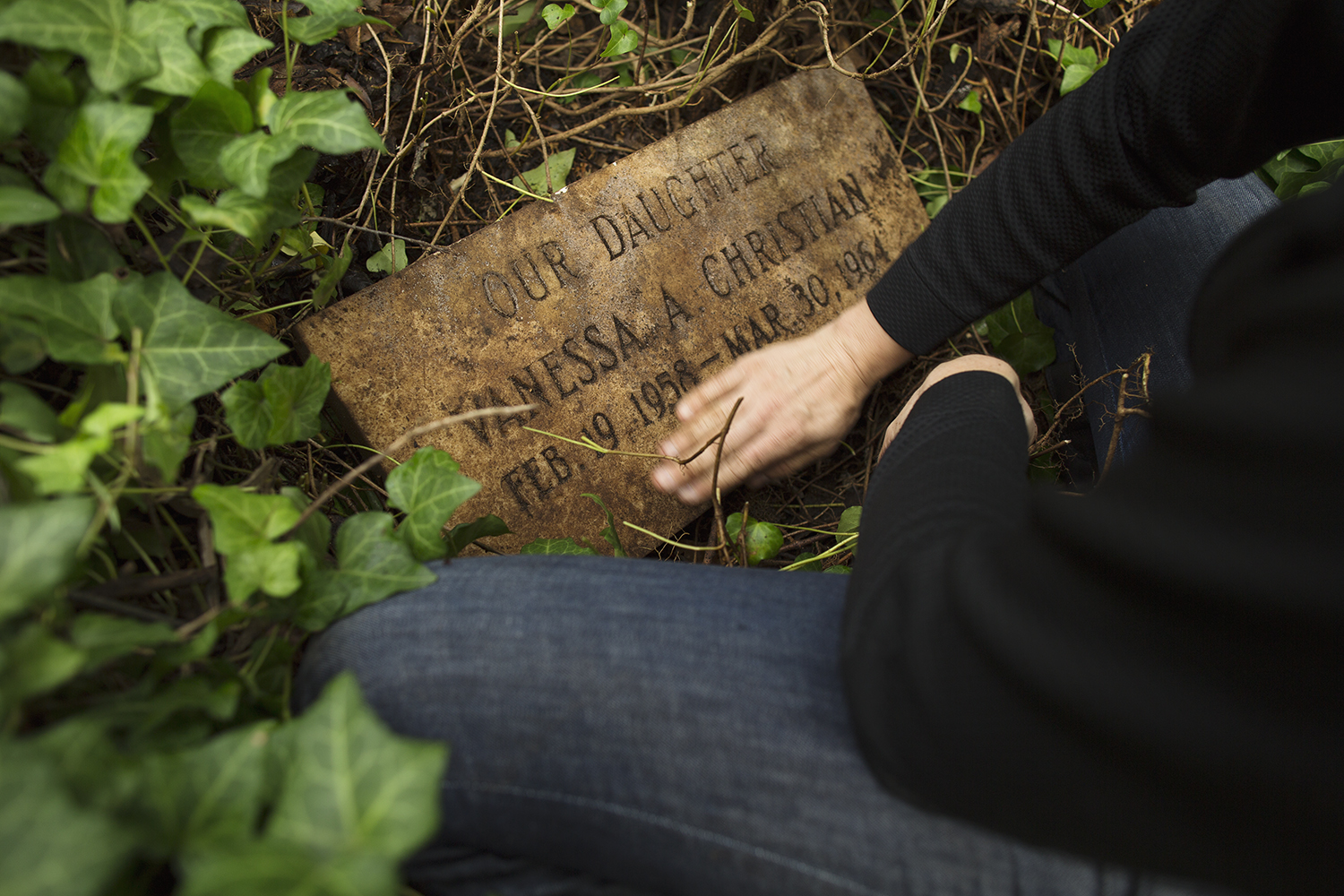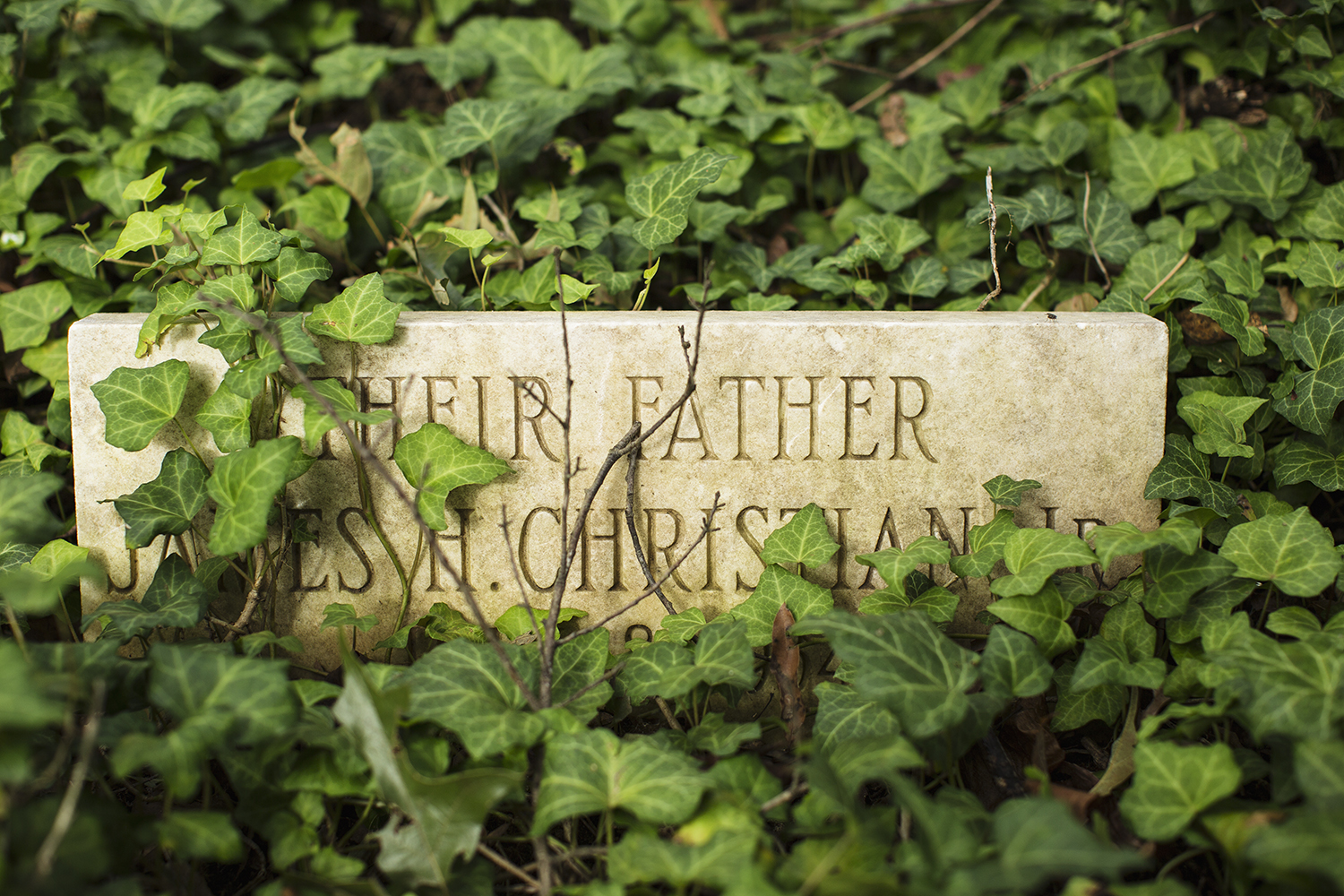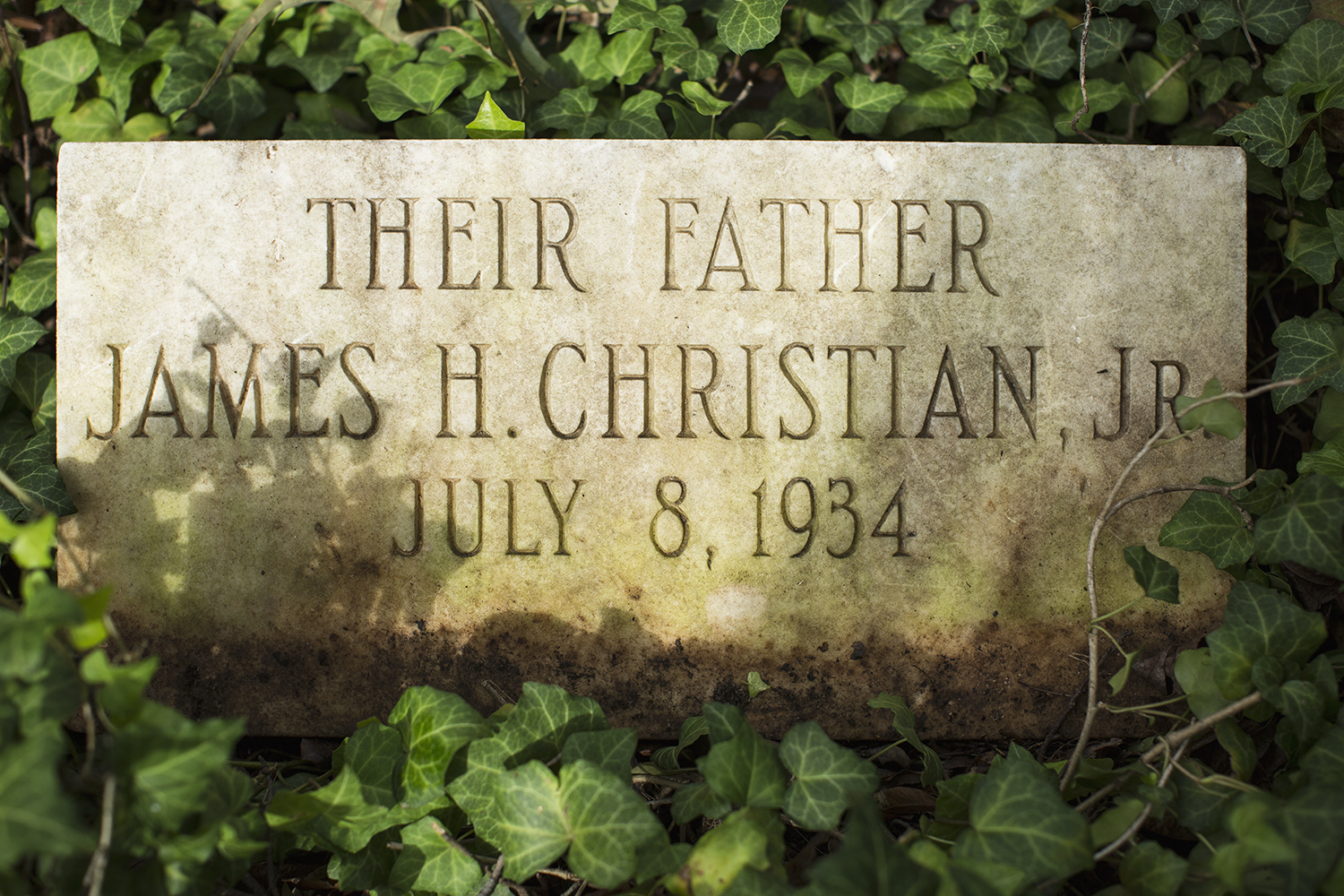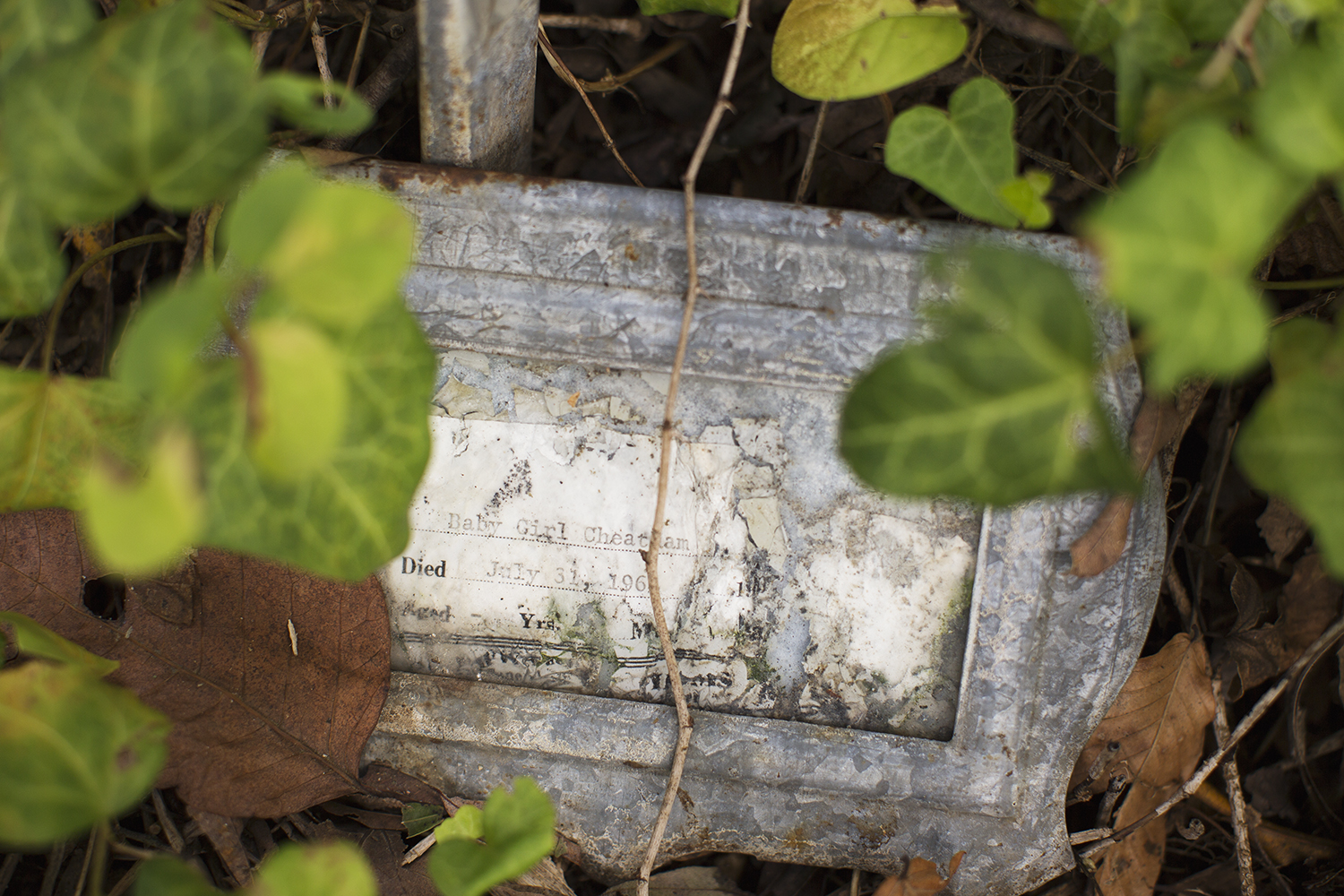Knowledge and inspiration for Election Day, November 8, 2016— and every day thereafter:
Fellow East End volunteer Bruce Tarr sent me this December 6, 1919 front page from the Richmond Planet, the city's black newspaper. Recall that 1919 was the year of Red Summer, when a wave of white mob attacks against black people and lynchings swept the country—from Connecticut to San Francisco, and all over the South. No coincidence that this violence happened on the heels of World War I, from which black veterans returned tested and hardened by battle. Many would not willingly bow down to Jim Crow again. When struck, they struck back.
At the end of this bloody year, the Planet, at the time the most outspoken black paper in the South, published a front page drawing by George H. Ben Johnson: BLACK POWER, How Will He Use it? This was half a century before Stokely Carmichael. Johnson and Planet editor John Mitchell weren't talking about identity or symbolism—nothing wrong with that. In fact, this is our focus: how true stories of the black experience build a foundation of knowledge that allow us to feel—to know—that we strong, accomplished, fully American, and so much better than the propaganda that asserts we are less than others.
But this was a straight-up toolbox view of black power—the power of the laborer, the farmer. And the voter. News we can use about tools we have at our disposal. Right now.


